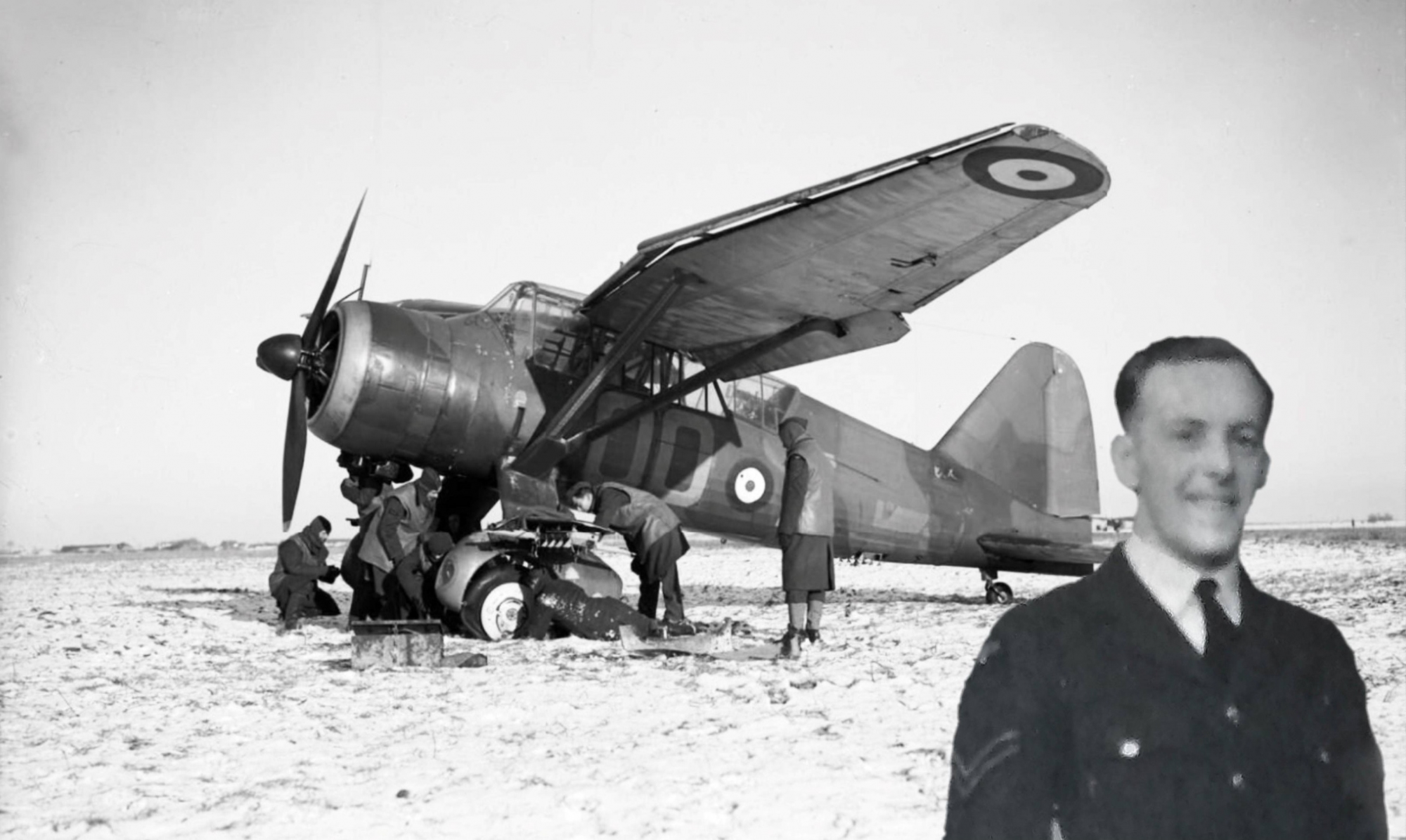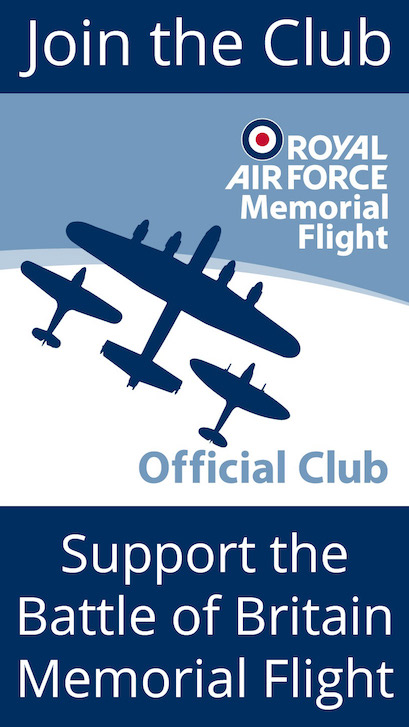Members Remember: Sgt Harry Hammond – RAF ground crew
Header Image: Ground crew working on a 13 Sqn Westland Lysander Mk II with a flat tyre, on the snow-covered airfield at Mons-en-Chaussee, France, in early 1940. Harry Hammond (inset when he was a Corporal) served with 13 Sqn in France from January to June 1940.
Continuing the ‘Members Remember’ series in which we offer Club members the opportunity to tell the brief stories of any relatives who served with the RAF during the Second World War, here we have the story of RAF ground crewman Sergeant Harry Hammond, father of Club member Terence Hammond. Terence takes up the story:
“My dad joined the RAF on 5th November 1936, and served initially as an Aircraft Hand [mechanic]. His first posting was to the Marine Aircraft Experimental Establishment at Felixstowe, which carried out acceptance tests and trials on flying boats and seaplanes. Over the next three years he trained as an aircraft fitter and served at various bases. He also flew as a gunner on Hawker Harts, dropping flour bombs, and later as an air gunner on Bristol Blenheims. This entitled him to some extra pay and the brass ‘winged bullet’ gunner’s badge.”
[Ed: The ‘winged bullet’ badge was introduced in 1923 and was worn by RAF ground tradesmen who acted as air gunners in addition to their normal duties (it was worn on the upper right sleeve of the airman’s tunic). Until 1939 employment as an aerial gunner was on a part-time basis, with a nominal daily few pence added to an airman’s pay when he was actually engaged in official flying duties. Subsequently Air Gunner became a distinct aircrew trade and the AG flying badge was introduced in December 1939.]
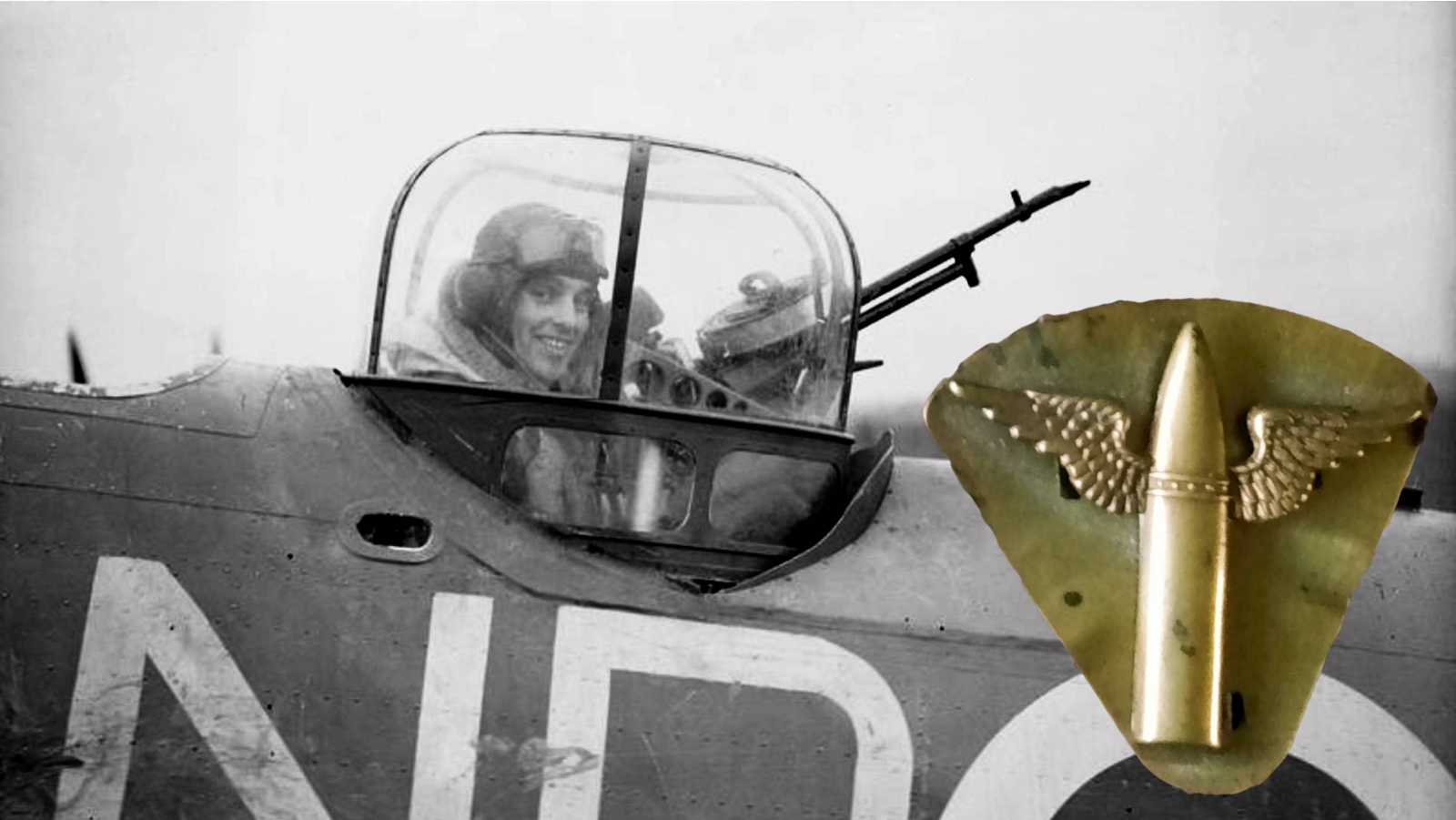
Terence continues his dad’s story: “On 29th January 1940 dad was posted to France with 13 Squadron, servicing Lysanders operating in support of the British Expeditionary Force. As the British were forced back by the German advance my dad found himself at St Nazaire and, on 17th June, he boarded the troopship RMS Lancastria for evacuation home. The ship, packed with troops [estimates range from 5,000 to 9,000 people on board], was bombed by German Junkers Ju 88s and, within 15 to 20 minutes of being hit, capsized and sank. The number killed was estimated at 5,000 (possibly as many as 7,000) but the true figure will never be known. It remains the greatest maritime loss of life in British history. Fortunately for him (and me) my dad was one of the 2,477 survivors. He was blown overboard, picked up by a Belgian coal barge and returned to England with a few cracked ribs.
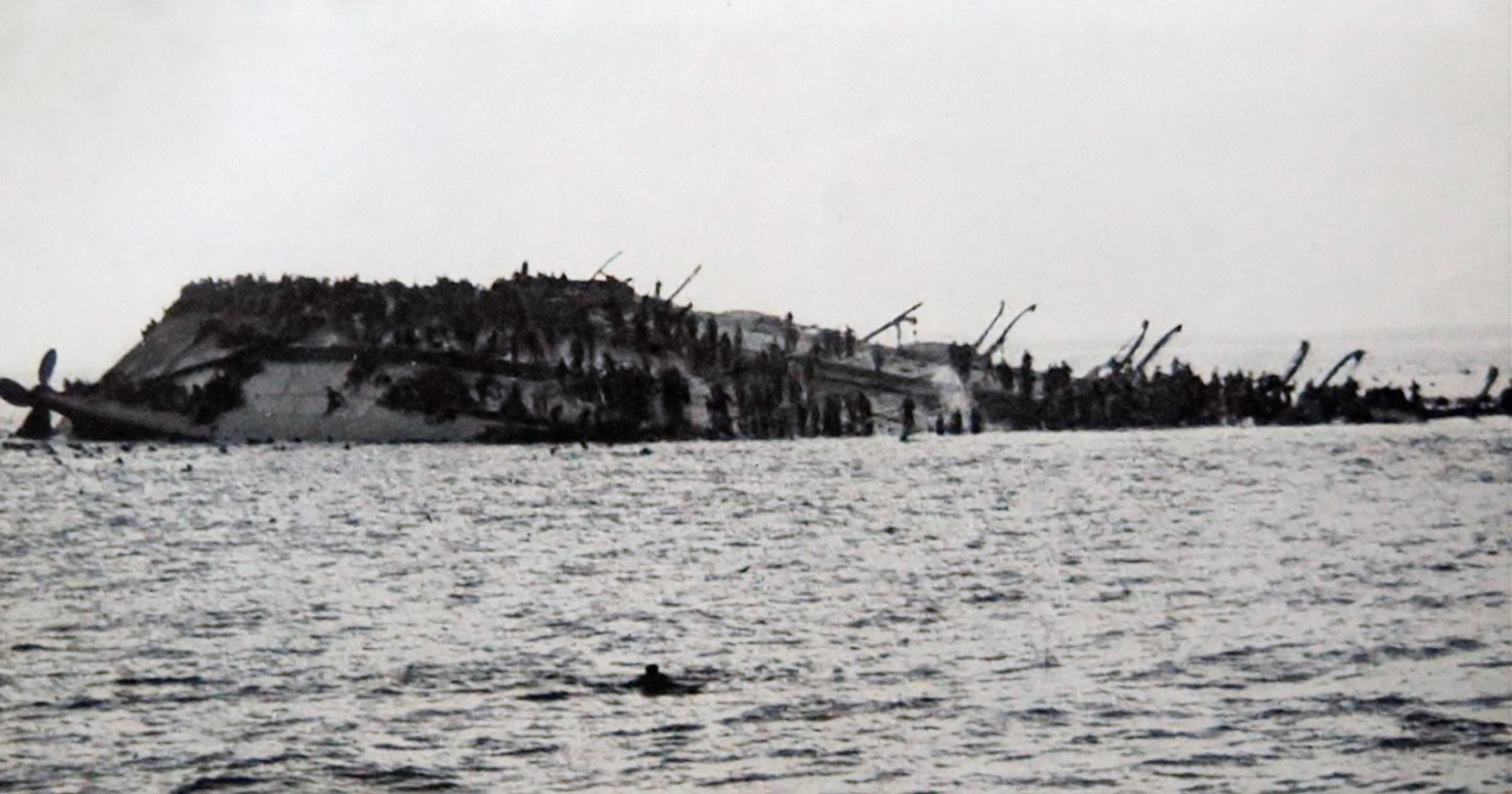
“After two weeks ‘survivors’ leave, Dad was posted to Biggin Hill on 30th June 'for a rest', as he put it, and he remained there until 11th October, working as part of the Radio Servicing Flight.”
[Ed: During this period Biggin Hill played a major and decisive role in the Battle of Britain as an 11 Group Sector Station. The airfield was bombed on numerous occasions by the Luftwaffe, and Harry Hammond would have been in thick of it. The first major bombing raid against Biggin Hill occurred on 18th August, when 500 bombs were dropped on the airfield in ten minutes and the base was severely damaged. Immediately after the attack, all personnel at the base used whatever they could to fill in the craters that pockmarked the runway. By late afternoon, the runway was in use again. On 30th August an evening bombing raid nearly put Biggin Hill out of use. Repair shops were destroyed, as was the base’s communications system, which Harry would have been involved in repairing and replacing. Forty of the base personnel were killed when a bomb shelter took a direct hit. The base was attacked again the next day, this the fourth of six raids in a three-day period. The operations block took a direct hit and ruined any progress on restoring the base’s communications system. On 1st September Biggin Hill was attacked for the sixth time in three days. The attacks continued throughout early September.]
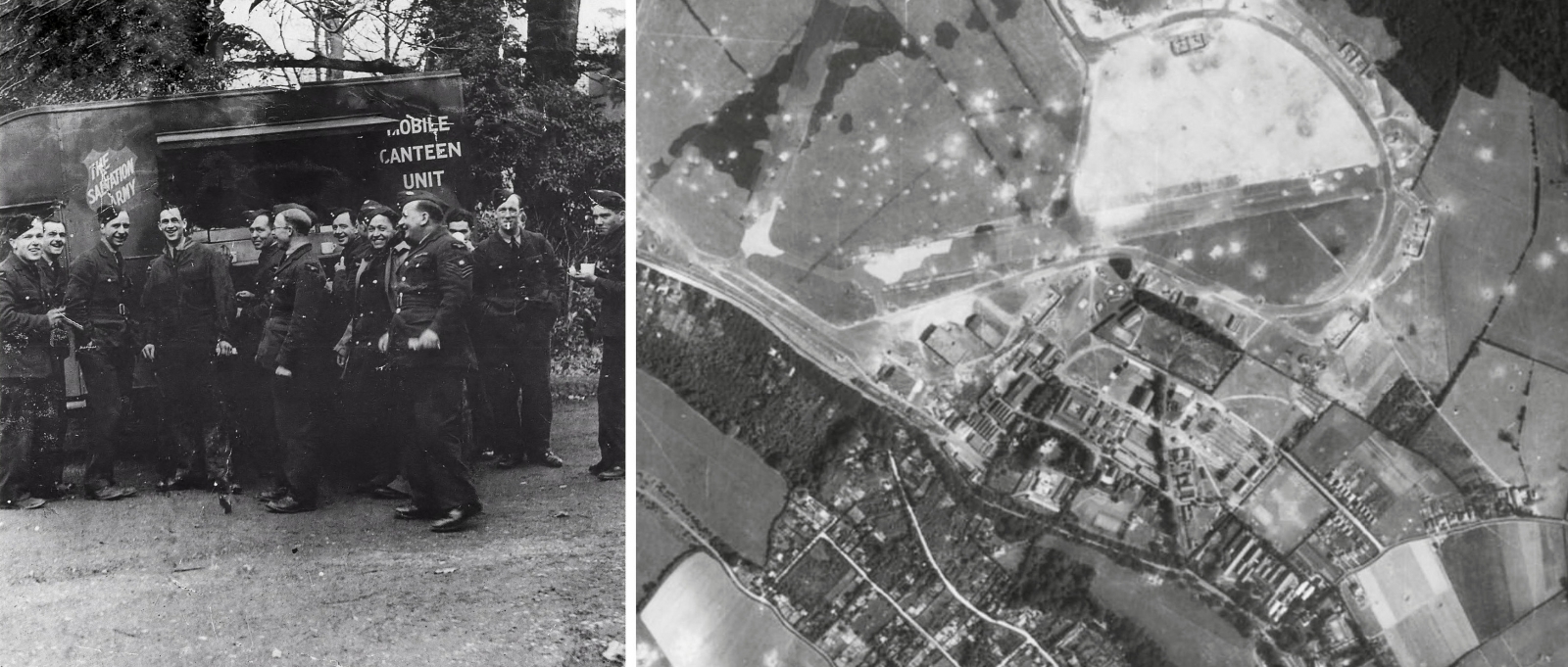
“Over the next two years my dad had various postings, serving at Halton on several occasions, until on 16th June 1943 he was posted to India where he worked on aircraft recovery with RAF Salvage and Repair Units in a variety of areas on the border with Burma. By now he had gained the rank of Sergeant. He was still there when the war ended. His initial nine-year term was almost over and if he signed on again, he would have had to stay another year. He wanted to come home. He had married my mum in 1941 and hadn't seen her for over two years. At the end of October 1945, he sailed for England arriving three weeks later.”
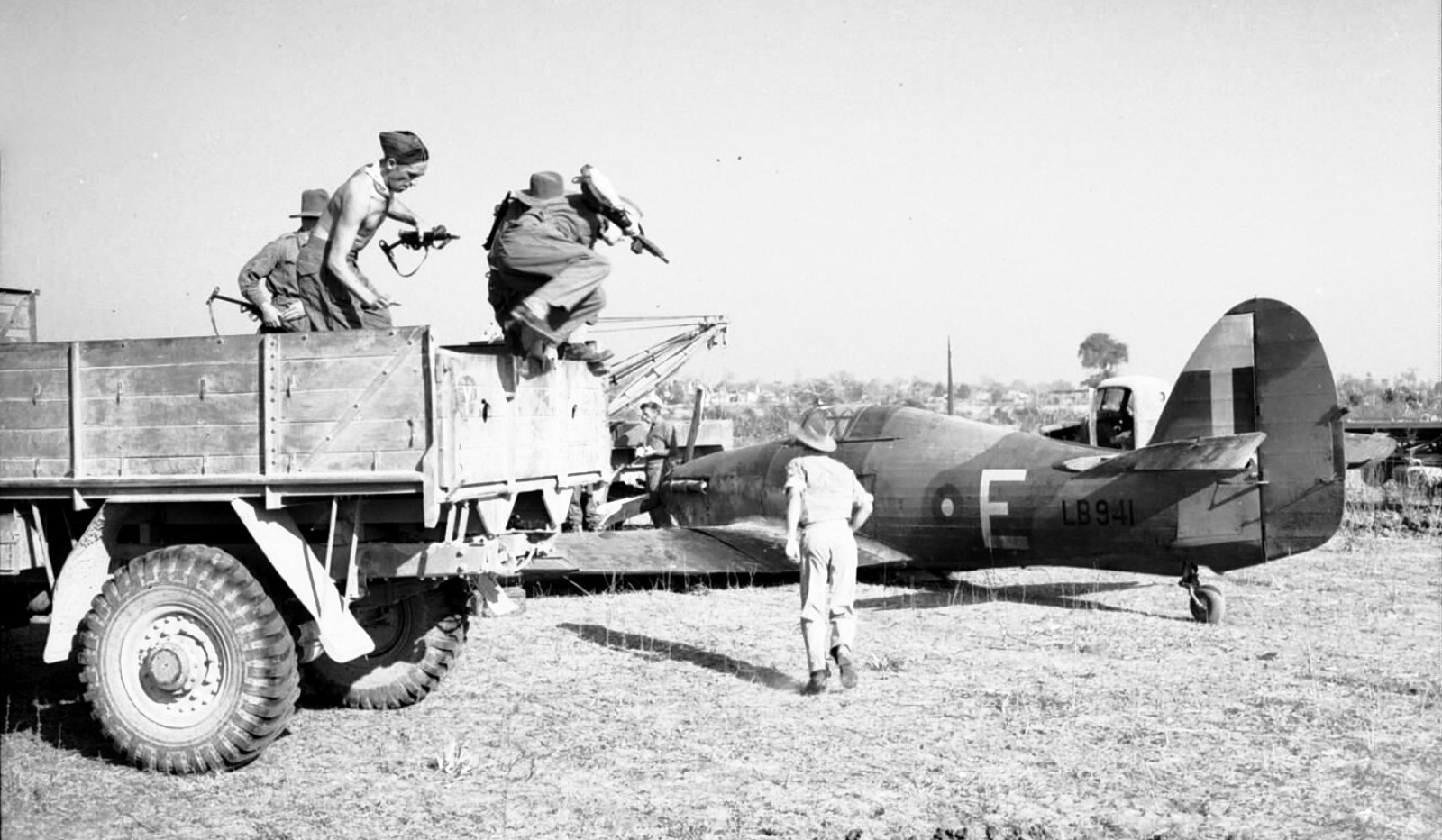
“My dad wasn't a pilot or aircrew but was a vital part of the Service. I am extremely proud of him, but also of my mum. 'They also serve who only stand and wait' to quote John Milton. We should remember them all.”
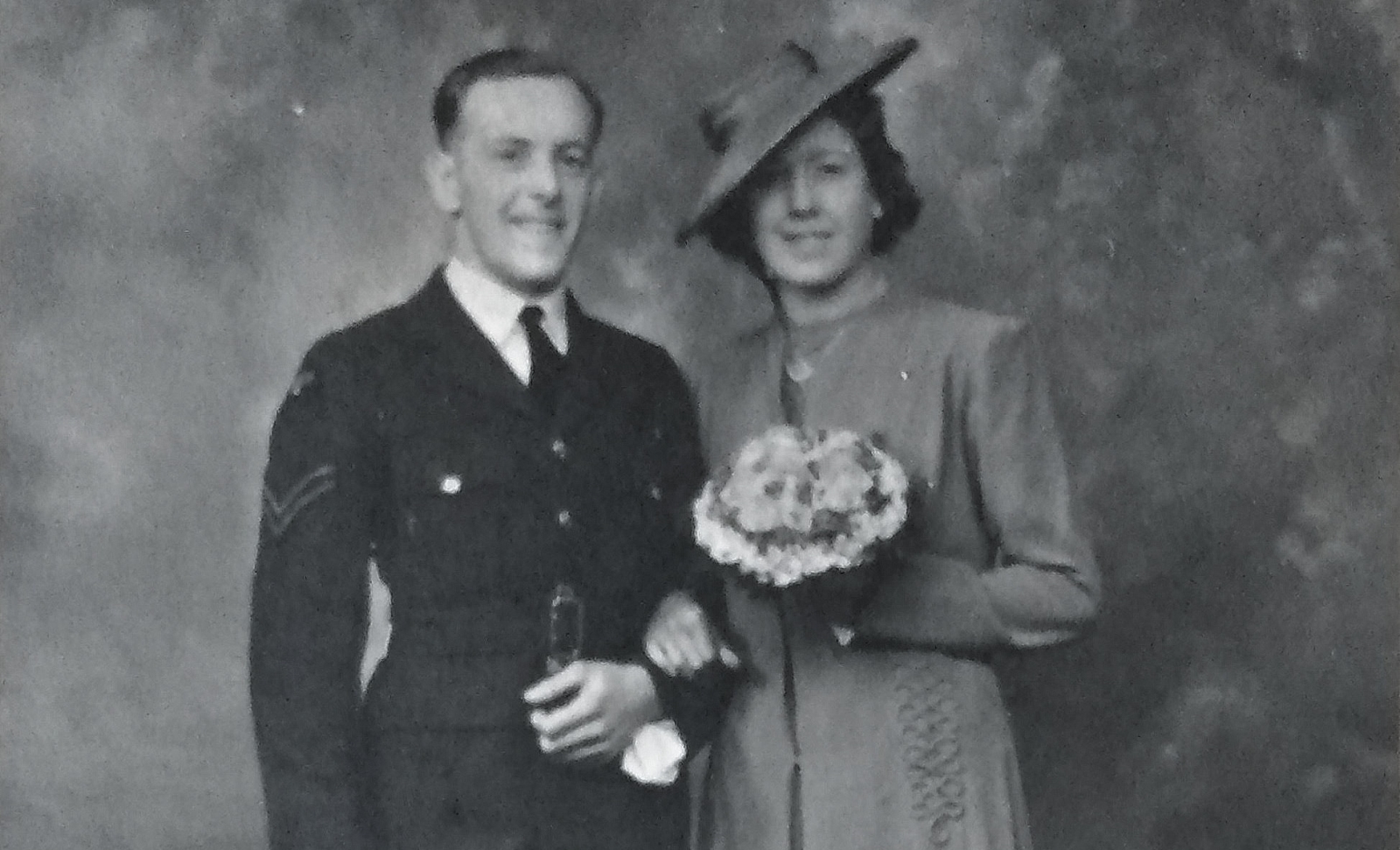
Thank you to Terence for this story of his father’s remarkable war. If any Club member would like to submit a story about a relative who served with the RAF during the Second World War for the ‘Members Remember’ series, we would be pleased to receive it. The only proviso for a story to be published in the Club newsletters is that we must have at least one photograph of the person in wartime to illustrate it. Simply email [email protected]

